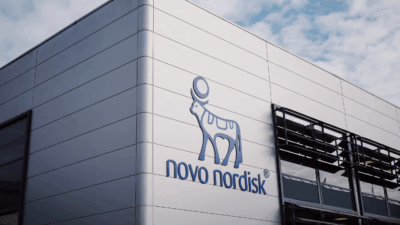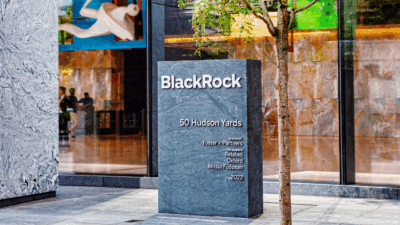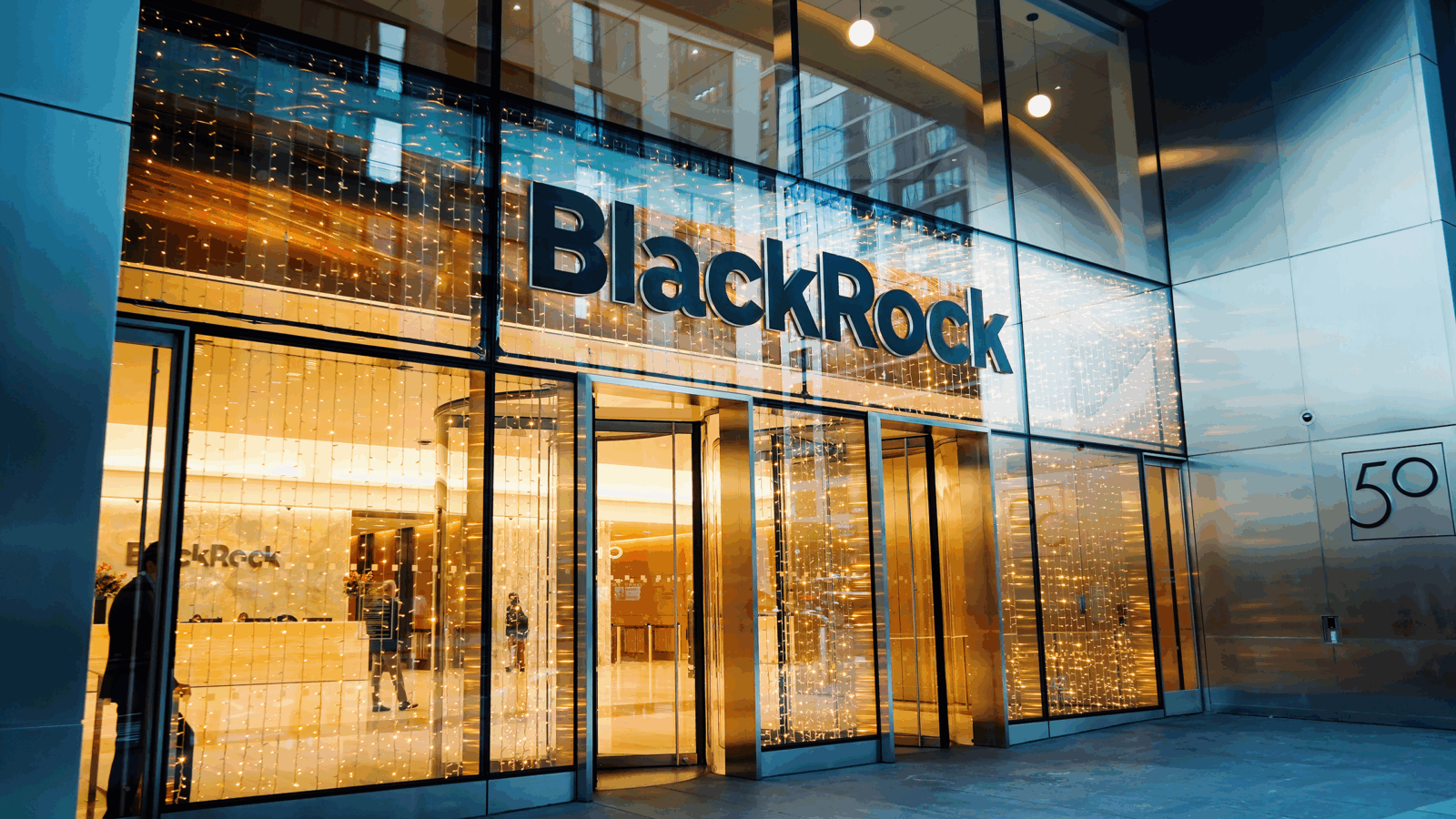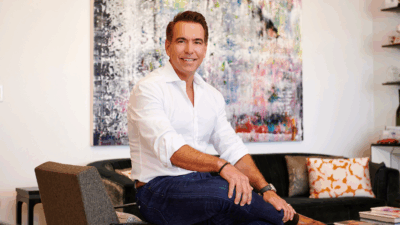Senior Housing Sees a Slight Rebound, But Major Concerns Linger
Demand for senior living facilities is inching back toward pre-pandemic levels. But how that demand will be met is still an open question.

Sign up for smart news, insights, and analysis on the biggest financial stories of the day.
Three years and one pandemic later, senior housing is showing signs of life.
Demand among baby boomers is inching back toward pre-pandemic levels, The Wall Street Journal reported. How that demand will be met, however, is unclear thanks to a combination of staffing shortages and controversy surrounding private equity’s less-than-stellar track record in the senior community and nursing home sectors.
Staying Home
The reputation of nursing homes cratered as deaths mounted during the pandemic. In the first half of 2021, occupancy rates at senior communities in the 31 largest US markets dropped to a low of 78%, the WSJ reported. Today many seniors, especially those with serious healthcare needs, can no longer put off entering senior communities. By late 2023, occupancy rates had ticked back up to 85%, compared to 87% in the first quarter of 2020.
Though the need for nursing homes and senior housing certainly persists, residents are facing limited options, high expenses, and in some cases, poor caregiving:
- By the end of the decade, there will be roughly 14.5 million middle-income seniors aged 75 and older in the US, and about half won’t be able to afford private-pay senior housing, according to a 2019 study from industry organization the National Investment Center for Seniors Housing & Care.
- A 2021 report from non-profit the National Bureau of Economic Research found that eldercare facilities that have been purchased by private equity groups are more associated with higher patient mortality rates, fewer caregivers, higher management fees, and a decline in patient mobility. PE firms also tend to prefer to play in the shadows, but last fall the Biden administration ruled eldercare facilities that accept Medicaid and Medicare need to disclose their owners.
Plus, nursing home choices are dwindling. By summer 2023, the US had 600 fewer nursing homes than it did six years prior, according to a WSJ analysis.
Shake Down: In the most affordable market, the Southeast, independent living costs range from $1,650 to $6,435 a month, according to Brookdale, the largest senior housing provider in the US. But in the Northeast, get ready to shell out between $2,620 and $16,165.
The median cost of assisted living in the US is about $5,300 per month, according to insurance firm Genworth. And don’t forget the endless bevy of extra fees. In their “Dying Broke” series, The New York Times reported on facilities that charge assisted living center residents and their families for every little thing, like $12 for checking your blood pressure. Ours is spiking as we type.











